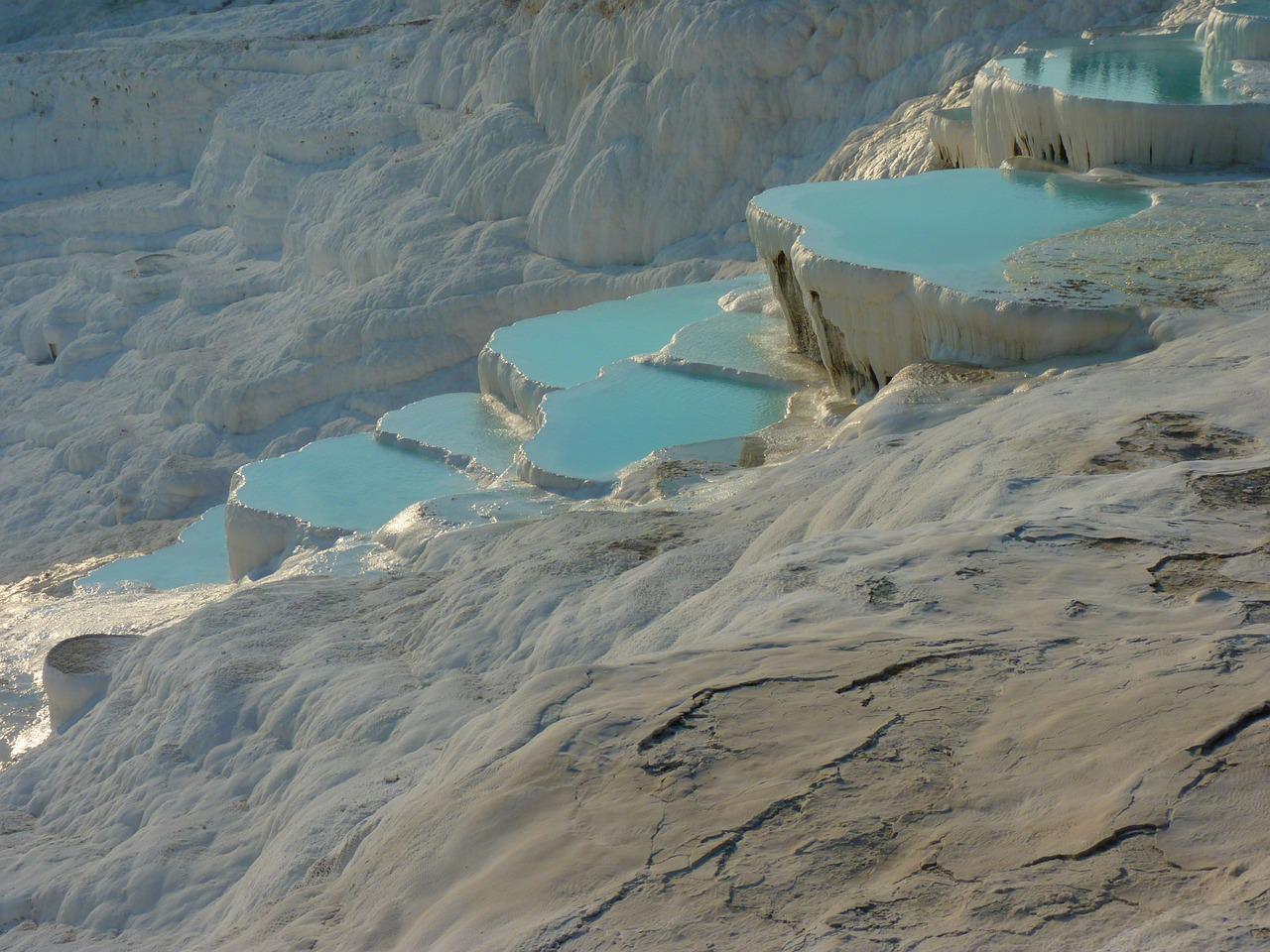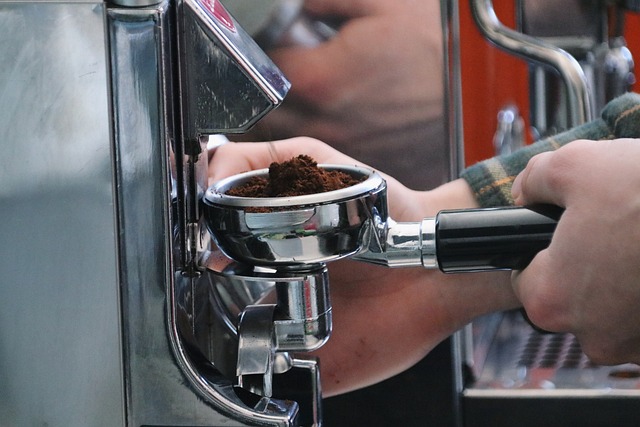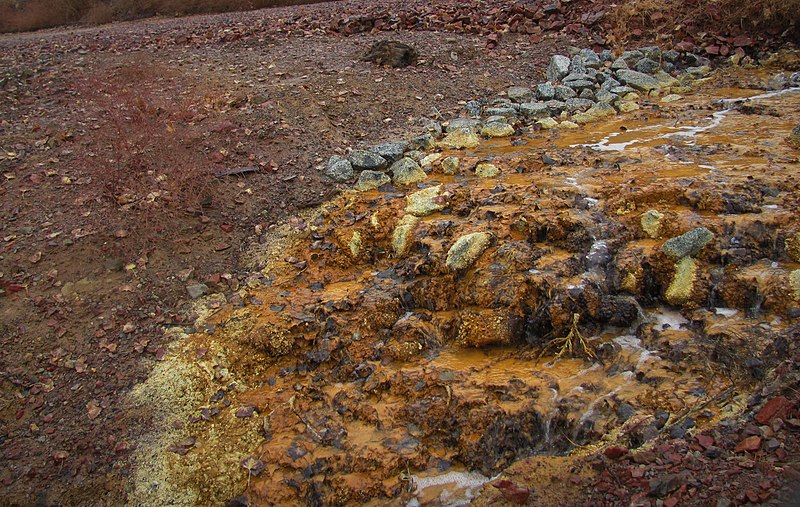Gunpowder is the first known chemical explosive but it didn’t always have a dark side. It’s reported to have originated in 7th century China to make fireworks used during celebrations and festivals. In fact, gunpowder is one of the “Four Great Inventions” of China, the other three being the compass, paper-making and printing.
It is not clear when fireworks were transformed into explosive bombs for military purposes, but in 1221, the Jin Dynasty used “thunder-crash bombs” against the Song Dynasty and again in a naval battle against the Mongols, perhaps the first naval application, in 1231. The first bombs were made using bamboo tubes; cast iron shells appeared in the 13th century.
Shock & Awe
“Shock and Awe,” a recent military doctrine also known as “rapid dominance,” is based on the idea of finishing a battle quickly using overwhelming power. But shock and awe has always been the raison-d’etre of explosive devices. Shockwaves are what make a bomb lethal: throwing people and objects through the air, dismembering bodies, causing internal bleeding and ruptured eardrums.
An explosion causes a “shock bubble” in which a positive wave pushes out and a negative wave pushes back. Historically, the best defense against a bomb has been to be at a safe distance from the source. The closer you are, the higher the probability of serious injury and damage.
Shockwaves are measured in “Pa” or pascal units of pressure, a measure of force per unit area and defined as 1 N (Newton) per square meter. The “over pressure” at the Oklahoma City bombing was estimated to have been 28 MPa (million pascal) or 28 MNM2 (million newton meters squared).
Science And Business Of Effectively Stopping Blast & Projectile Damage
The Underwriters Laboratory (UL) in the United States has established security levels for ballistic security glass and bullet-resistant systems most typically used during armed robberies. Each level is tested and its characteristics are documented as effective at stopping certain types of projectiles.
UL has eight levels of bullet resistance: L1 – L8. L1 glass withstands shots from small caliber handguns and is typically needed in gas stations, pawnshops, retail stores, check-cashing stores and pharmacies. L2 withstands assaults from larger caliber handguns and is typically used in banks, financial institutions and businesses with security concerns. On the other end of the spectrum, L4-L8, glass can withstand assault rifles, automatic weapons and are used at overseas embassies, military bases, and government buildings.
Bullet resistant glass is usually constructed with polycarbonate, thermoplastic and laminated glass that form a sandwich of layers of different materials. The three types of ballistic security glass are 1) bulletproof acrylic usually 1 1/4 inch to 1 3/8 inch solid plastic sheets 2) laminated polycarbonate – very strong, high optical clarity and low weight 3) glass clad polycarbonate – makes the highest-rated levels of bullet resistance obtainable.
All materials used to prevent damage from bomb blasts have similar systems to assess their effectiveness. Of course, the materials must work before they can be put into service.
New Materials to Reduce or Eliminate Bomb Damage
As we have seen in movies and documentaries, police and military personnel have sophisticated suits allowing them to disarm bombs and have a significant degree of protection, although serious injury or death can still occur. Shock-proof glass, indestructible plastic, bullet-proof fabric and bomb-proof building materials are a few of the most recent advances, some of which are used in bomb squad armor.
Advances have come in many forms over the years, such as increasing the tensile strength of concrete so that it is bomb-proof. Sandwiching different length fibers soaked in liquid plastic in crisscross patterns. And developing new composites of glass; President Obama’s limousine is reported to be 3 inches thick, for example.
Materials like “bomb-proof wallpaper” and fabric are extremely strong and disburse energy from an explosion outwards through the mesh’s structure; pores in the material allow the force of the blast to pass through it, but stop debris simultaneously.






